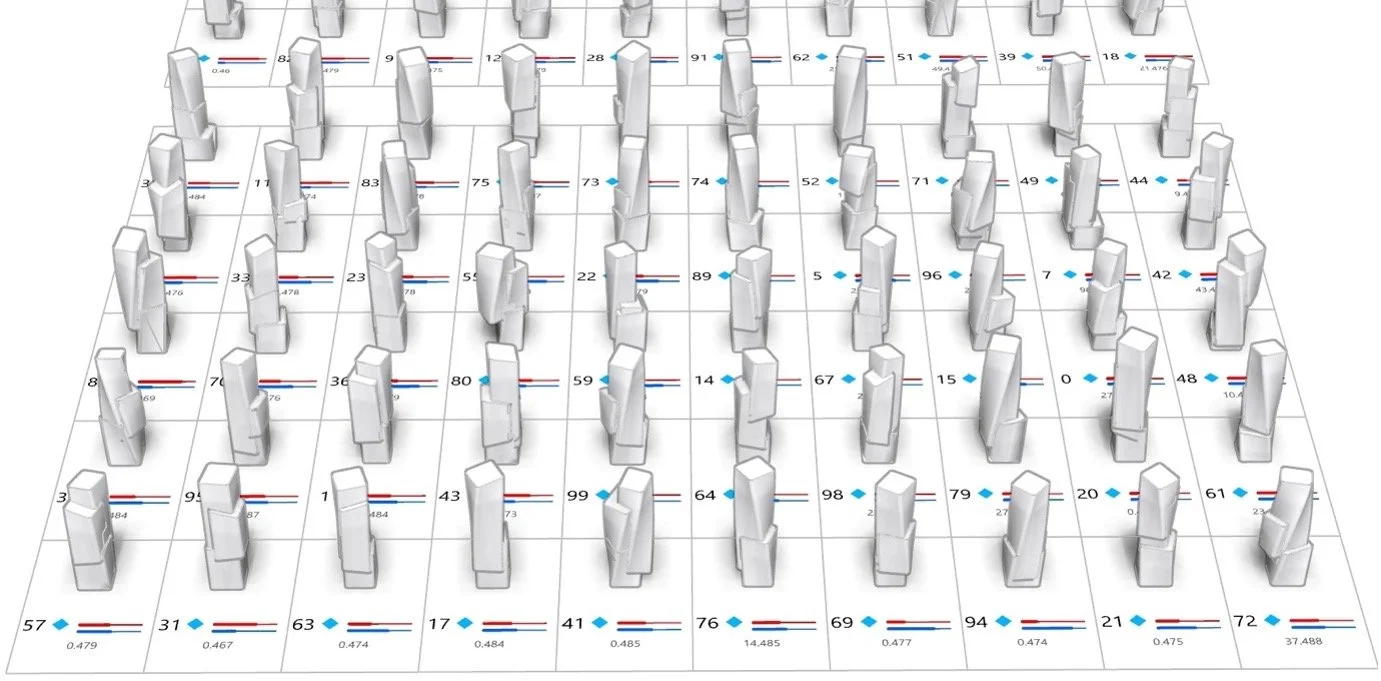Introduction to Interactive Genetic Algorithms (IGAs)
As I’ve touched on in earlier posts, evolutionary algorithms are inspired by the logic of natural selection: selecting, combining, and mutating solutions over generations to solve problems. Since the 1980s, Genetic Algorithms (GAs) have been widely used for optimisation and classification tasks, excelling particularly in fields where goals can be clearly defined and measured with numerical fitness values.
But here’s the catch: that clarity breaks down when we shift into creative domains like design, architecture, art, or music. These are spaces where subjective judgment, such as taste, intuition, and aesthetic feeling, plays a crucial role. And that’s where traditional GAs reach their limit. How do you assign a fitness score to a beautiful sketch? Or rank the poetic resonance or the appealing proportion of a form? You can’t. Not objectively, anyway.
This is where Interactive Genetic Algorithms (IGAs) come in.
Unlike conventional GAs, IGAs place the human, specifically the designer, right in the heart of the evolutionary process. Instead of relying on fixed numerical criteria, the system draws fitness values directly from the designer’s preferences, selections, or intuitive responses. In other words, the algorithm learns what’s ‘preferred’ from the designer themselves. This creates a dynamic feedback loop. The designer explores generations of solutions, selects the ones they find promising, and the algorithm evolves based on those subjective choices. It’s not just about optimisation anymore, it’s about co-evolution between human and machine, where personal vision shapes algorithmic direction.
Researchers have described IGAs as ‘synthetic systems’ that embed the human in the evolutionary loop. This shifts the role of the designer from mere operator to active co-author, guiding the evolutionary search through intuition, experience, and aesthetic judgment.
In architecture and other creative fields, this kind of interaction isn’t just helpful - it’s essential. It transforms computational tools from passive instruments into collaborative design partners.
But how do IGAs work in Practice?
We will explore this topic in the next post.
